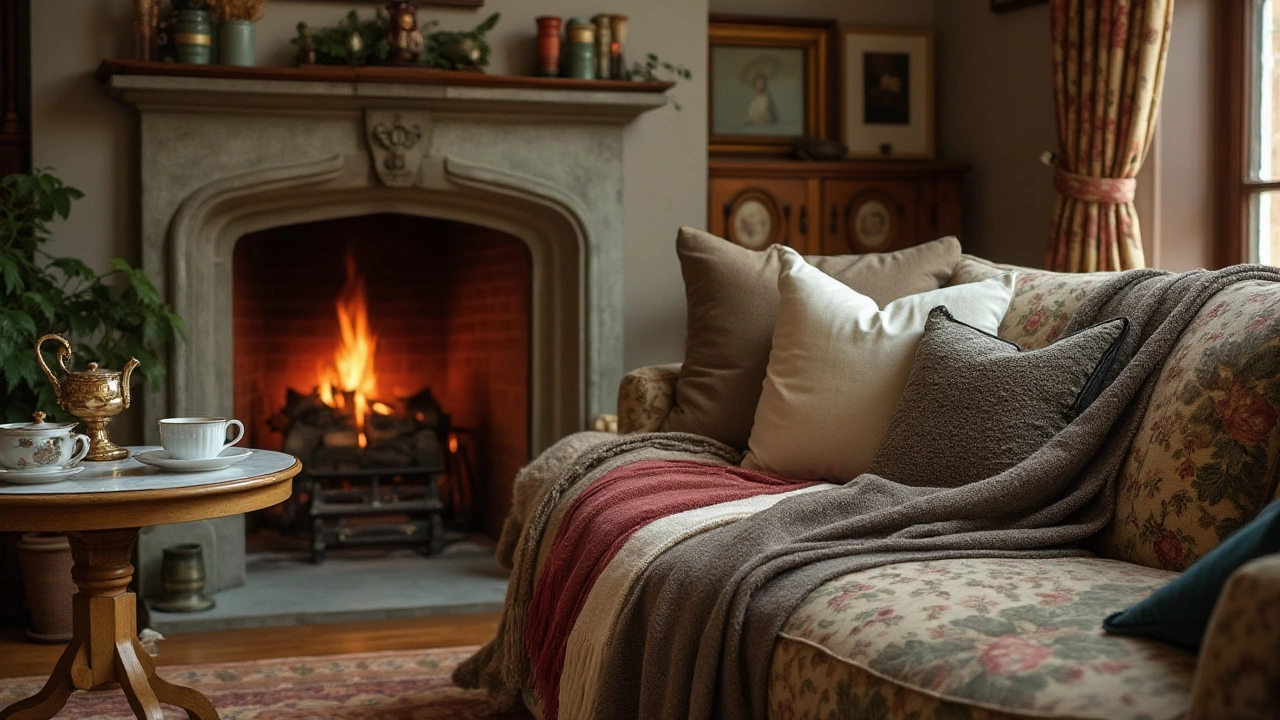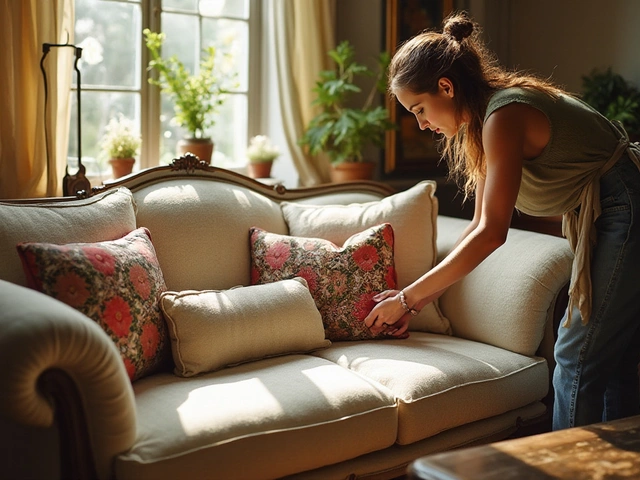Sofa Reupholstering: Quick DIY Guide to Freshening Up Your Couch
Ever look at your sofa and wish it could look brand new without spending a fortune? Reupholstering is the answer. It lets you keep the frame you love, swap the old fabric, and give the room a fresh vibe. In this guide you’ll see what you need, how to pick a fabric that works for your life, and a step‑by‑step plan that a beginner can follow.
Choosing the Right Fabric
The first decision is the fabric. Think about how you use the sofa – kids, pets, or just Netflix nights? Durable weaves like polyester blends, microfibres or tight‑knit cotton handle wear and stains well. If you love colour, pick a shade that ties the room together; if you prefer neutrals, you’ll have more flexibility when you change other pieces later.
Buy a fabric swatch and live with it for a few days. Sit on it, spill water, and see how it feels. A good rule of thumb: the tighter the weave, the longer it will hold up. Also check the cleaning code – “W” means you can wipe it clean, “S” means safe for mild steam, and “D” means dry clean only.
Step‑by‑Step Reupholstering Process
1. Gather tools. You’ll need a staple gun, fabric scissors, a screwdriver, pliers, a measuring tape, and a smooth work surface. A cheap upholstery stapler works fine; just make sure you have plenty of staples.
2. Remove the old fabric. Unscrew any cushions or legs you can. Pull the fabric off the frame, starting at a corner. Keep the old fabric pieces – they show you where the original seams and padding were.
3. Check the padding. If the foam is flat or lumpy, replace it now. New foam costs a fraction of a new couch and makes a huge difference in comfort.
4. Cut the new fabric. Lay the old pieces over your new material and trace them, adding a 2‑inch seam allowance. Cut carefully – a clean cut means fewer wrinkles.
5. Attach the fabric. Start in the centre of each panel, pull tight, and staple the edges to the frame. Work outward, pulling the fabric taut as you go. Use small staples about an inch apart to keep it secure.
6. Finish the edges. Fold the fabric under the frame and staple again. Trim any excess. If you have a button tuft or decorative nail, now’s the time to add them.
7. Reassemble. Screw the legs back on, replace cushions, and give the sofa a good shake to settle everything.
That’s it – you’ve turned an old, tired sofa into a piece you’ll love again. The whole job can be done in a weekend and saves you up to 70% compared to buying a new set.
Quick tip: keep a small box of spare staples and a spare piece of fabric near your work area. If you get a ripple, you can pull the fabric a little tighter and re‑staple without starting over.
Ready to get started? Grab your tools, pick a fabric you love, and enjoy the satisfaction of a fresh sofa without the big price tag.






